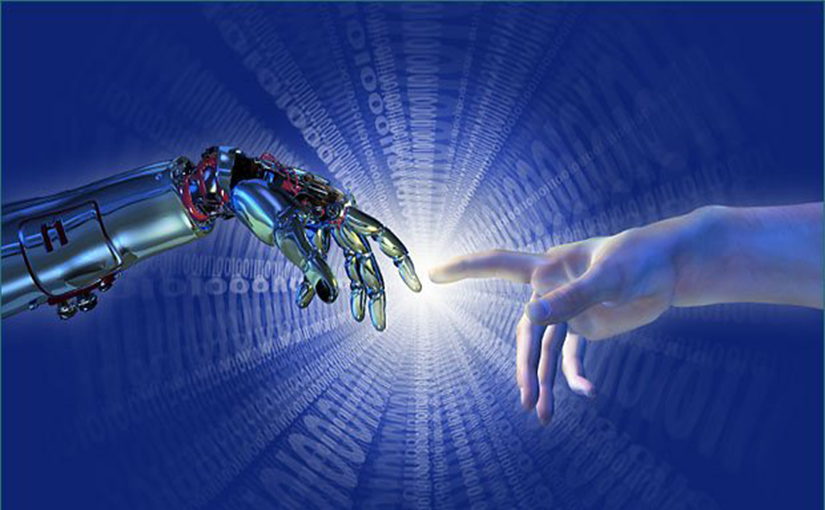
With BizBrolly celebrating its anniversary on 9 February, there has lately been a lot of anticipation and simultaneous apprehension on how we drive it in the years that follow.
In times that can now be determined as the ‘Age of Technology’ and being in an industry that is driven solely by technology, there rises a space that needs to understand our place as humans, and our role within it. This article is an attempt at not simply decoding humans in technology, but defining the culture that remains at the core of businesses, much like BizBrolly Solutions.
Meaningful collaboration between people and machines must not subvert human creativity, feeling and questioning over speed, profit and efficiency, indicates Tom Chatfield in an address at Oxford University, UK. This is the intimate interaction between human and technology, one that has to be treasured.
As technology has taken a more crucial roles in our lives, there is a growing dependency on the way we interact— the way we think, the way we act don’t simply belong to us, derived as figments of our imagination or thoughts—they are contributed to and shared with a much wider audience. Mind you, our technology however advanced, and however ‘smart’, are incapable of thinking for us. Yet. They can make decisions of us with flair, no doubt, but that that lot to do with collection of information from us before. They are tremendously adept technologies, marvellous in so many ways to find us purpose, autonomy and intent in everything we do and everywhere we go.
It is this human-machine relationship, that prompts Tom Chatfield, in the same series of the paper, indicates that ‘human creations are effective in part because they are unburdened by most of what makes humans human’ the emotions that govern our choices, and decisions. ‘Technology, as Chatfield rightly points and intellect allow us to externalise our goals’ allows one to pursue the rightful deed.
What BizBrolly Solutions envisions is not simply to make machines be better at what they do, but also achieve what they cannot, i.e. to pursue the attempt to better relationships with humans.
What does a successful collaboration between humans and machines look like? One that strongly includes humans to remain in the loop, able to transparently assess a system’s incentives – and either to influence its direction or debate its alteration.
A previous version of this article has been posted here.